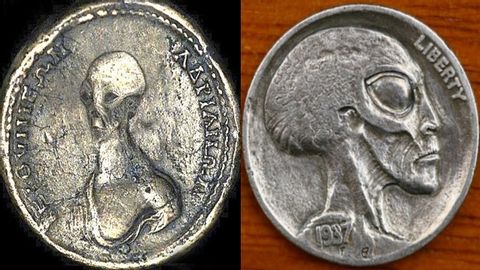世界各地最不可思議的錢幣發現! (Most INCREDIBLE Coin Discoveries Around The World!)
Amy.Lin 發佈於 2021 年 01 月 14 日  沒有此條件下的單字
沒有此條件下的單字US /ɪk'strimlɪ/
・
UK /ɪkˈstri:mli/
- adv.極端地 ; 非常地;非常;從極端的角度來看
US /ˈpɪriəd/
・
UK /ˈpɪəriəd/
- n. (c./u.)時期;(用於句末;表示斷定的口氣)就這樣;句號;月經;期間
US /ˈenʃənt/
・
UK /'eɪnʃənt/
US /spɛkˈtækjəlɚ/
・
UK /spekˈtækjələ(r)/

